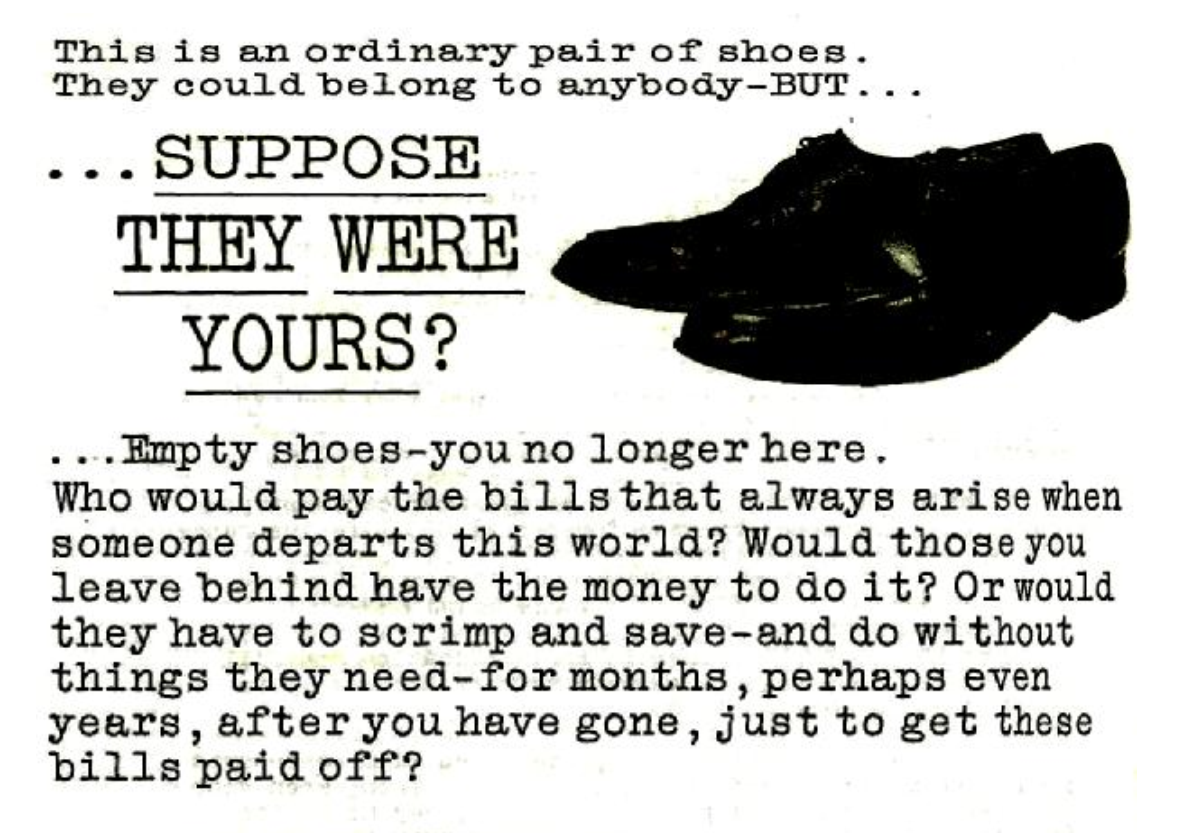Marketing is a lot like fishing. You need different kinds of bait to lure different kinds of fish—you use earthworms to catch trout, and nightcrawlers (not the musical group) to catch bass. Similarly, you’ll need different marketing messages for different people, guided by their interests and personalities.
And just like fishing, you can’t always catch something every time you throw your hook in the water. Your reader sees over 360 ads every day, but only registers 153 of them in her brain. And out of those 153 ads, she’s only aware of 86—the rest are filed in the trash can. Then only 12 of these 86 ads she’s aware of leave an impression enough to compel her to engage in some way.

Each time you promote something, keep in mind that your ad or marketing message could get lost in the sauce of messages your audience is exposed to every day. You need to bait your audience with something interesting and do it repeatedly. The key to marketing messages that stand out is to use hooks that trigger curiosity.
In this article, you’ll learn how to write a hook that captures your reader’s attention and drives them to the action you want them to take.
Let’s begin by understanding exactly what a hook is.
What’s a hook?
This is the angle that content or advertising uses to grab attention, create interest, and make an audience receptive to the marketing message—the words that leave an impression in your customer’s mind.
Quick point of caution: Don’t confuse a hook with a unique selling proposition (USP) though—USPs are for products or services; hooks are for advertising and marketing content.
You’re probably already following your own process for crafting the marketing messages you send out. But when you don’t get results, you may doubt whether you’re doing the right thing.
The formula I’m going to show you will help you generate desirable results—and it works with any niche, in any industry, no matter the size of your business, brand, or audience. It’s a formula we use for our clients’ and our own marketing—in different formats (social media posts, blog articles, etc.) and for industries like career coaching, co-working spaces, even fintech.
And because it works in any format, you can use it for your website, landing pages, sales pages, funnels, webinars, and pay-per-click (PPC) ads among others.
How to write a hook
Let’s examine how to write that attention-grabbing hook.
In marketing, like in the real world, the goal of a hook is to grab the attention of your target audience—this is how you distinguish your brand from thousands of other brands fighting for the same audience every day. When you hook your audience, you win the opportunity to share the rest of your message.
But what does a good hook look (or sound) like?
The very best hooks have four features in common—they are short, bold, shocking, and (most importantly) relatable. For your message to draw the audience in, your hook must connect with them both personally and emotionally. If your hook doesn’t relate to your audience, they’ll ignore your message and move on to your competitors.
Here’s one example of a well-written hook adapted from one classic sales letter ran by the Old American Insurance Company:

Sometimes, a picture is worth more than a ten thousand words—and that’s exactly the case with the hook from Old American above. There are times when the point a picture makes is so strong that it makes for the perfect launching pad for your marketing message.
A hook like this could really hit home for people who want to ensure the financial security of their families when they’re no longer around to take care of them. It holds the attention of the reader and compels them to read the rest of the letter.
You’re going to need a dash of creativity with a pinch of out-of-the-box thinking to write a truly engaging hook. Don’t worry if you’re the paint-by-the-numbers type. Here are three techniques you could use to find your hook:
Technique #1: The hook no one else is saying explicitly
A hook that nobody else is using can be very effective—it highlights a desire your target audience has or hits a pain point they face and speaks to them in a way that nobody else has thought of doing. You’ll need to have a clear picture of your target market if you’re going to create a hook like this—this is where your customer avatar comes in handy.
What are the problems, pain points, needs, wants, and desires of your audience? Brainstorm messages you think will appeal to one of those interests. Then research your existing customers, competitors, and other authorities in your industry—what are they saying or not saying as relates to products or services like yours? What may they be implying and not saying outright?
Find that one very interesting thing they’re not saying—that’s your marketing hook.
Technique #2: Use a weakness in yours and competing products or services
It pays to be smart with your messaging as a marketer. Sometimes you’ll have to flip things on their head and approach problems in unexpected ways. And that’s exactly what turning your weaknesses—or those of your competitors—into hooks helps you achieve.
A weakness in your own product or service might stick out like a sore thumb. You probably need to fix it if that’s the case. But for argument’s sake, we’ll assume your solution is airtight.

To find weaknesses in competing solutions, you need to be objective. Slide into your competitors’ website, social media pages, forums, and review sites that mention them. Parse through the reviews, testimonials, or case studies for customer pain points, objections to buying or desired outcomes.
Your hook will be a statement that overcomes a strong customer objection. When you position your product or service as the salve, bonus, or add-on that neutralizes that objection, you lead your audience to an ‘aha!’ moment. Your solution will appear as an enhancement that makes customers feel like they’re getting more value for their money.
When you use a hook that addresses a perceived weakness of similar solutions in your industry, you elevate the status of your solution. You could even charge a higher price for your product or service and customers will think of it as a ‘premium’ price for a ‘premium’ solution. Your price turns from an obstacle to a desirable element.
Technique #3: The big gain
A ‘big gain’ hook aims to tempt prospective customers into buying your solution by painting a picture of what they could have—it’s the ultimate bait.

Think about the current state of your target customer. Where are they now? What problems do they currently have to deal with? Where would they rather be? An effective ‘big gain’ hook should align your product or service with the desired state of your target customer.
Say, you’re a fitness coach. Your target customer might be someone who ate way too much unhealthy food over Christmas. Now, they’re concerned about their weight and overall health. This customer would like to look slimmer and feel healthier. You’ll want to position your fitness coaching services to help such a prospect shed the extra pounds—and get a smokin’ hot bod they can feel proud of.
To find your hook, ask yourself:
- What are the biggest problems or pain points your prospects face?
- Is there an end-all solution for those problems or does it take a few steps to solve them?
- What are your prospects’ goals as relates to those problems or pain points?
- Why is it important that they achieve those goals?
- What will they gain from achieving their goals?
Craft specific answers to these questions—put as much flesh on the bones as possible because this is where your ‘big gain’ hook will emerge from.
Following the fitness coach example from before, your hook might hint at helping the customer go from bulging belly to six pack, turn heads wherever they go, get a bikini body… you get the gist.
Final Thoughts
Steal any of the three techniques you just learned here and you should be well on your way to writing fascinating hooks—hooks that draw your reader in and compel them to dive into the rest of your message where you can sell them on your product or service.
These techniques apply to any niche, in any industry, and in any form of marketing. Next time you surf the interweb, see if you can’t spot any of the techniques at work. I’d love to see what you find so you’re welcome to share your discoveries in the comments.
And that’s a wrap.
Happy hooking 😉

